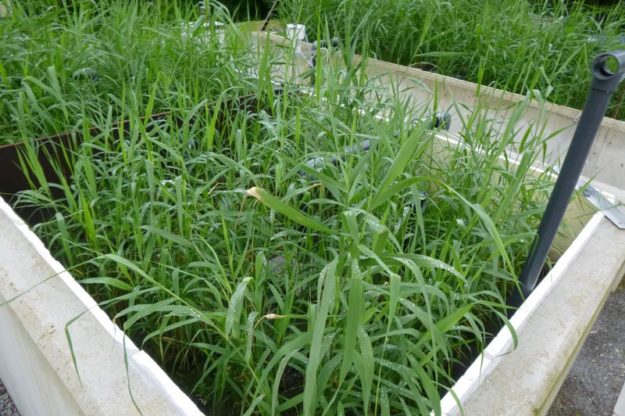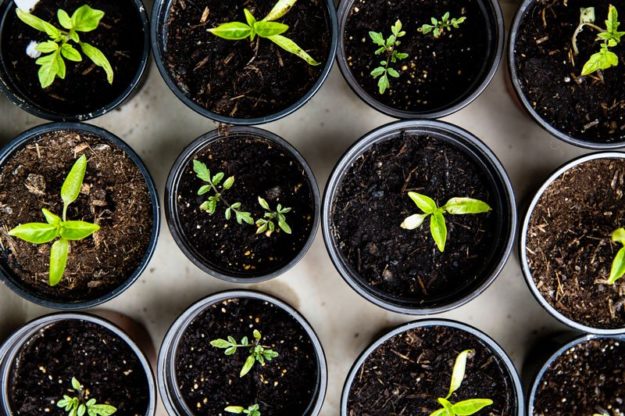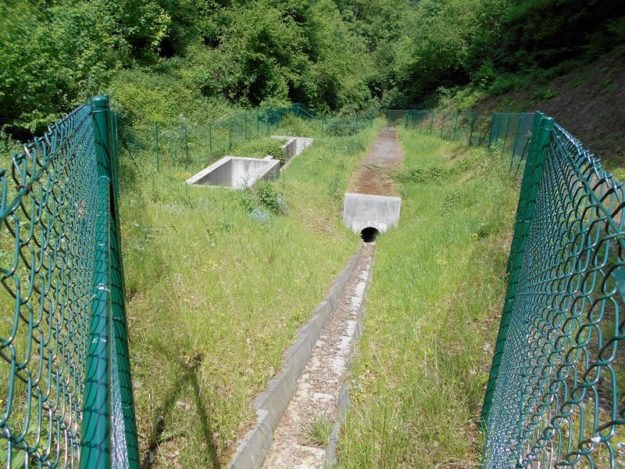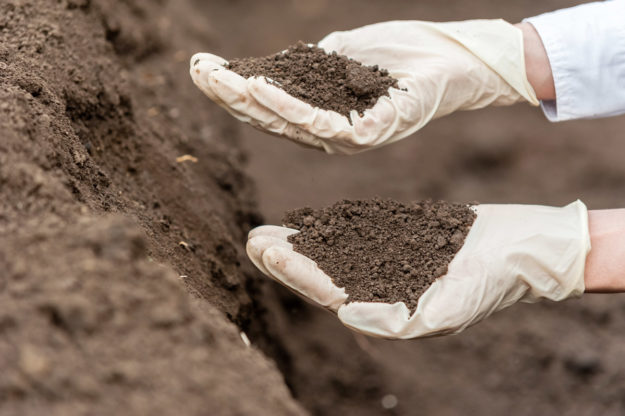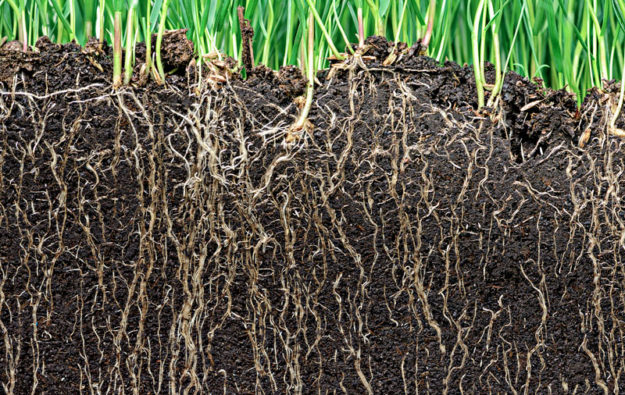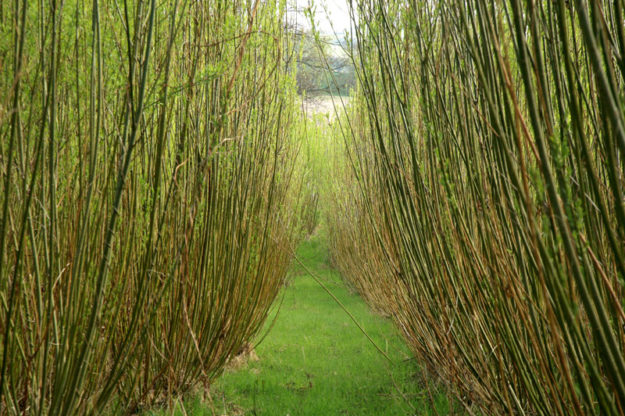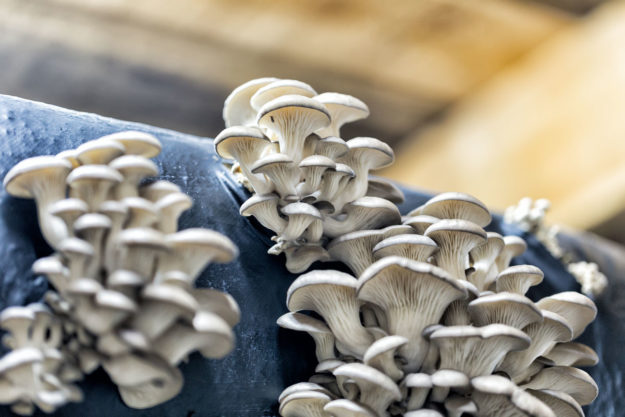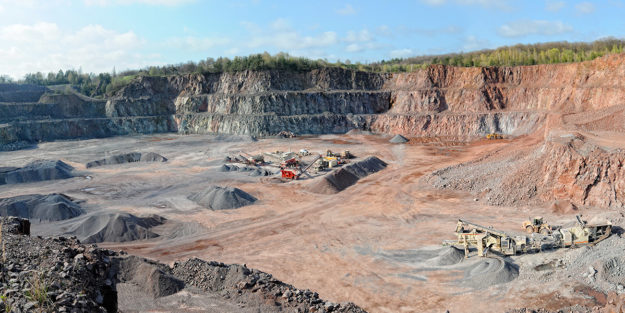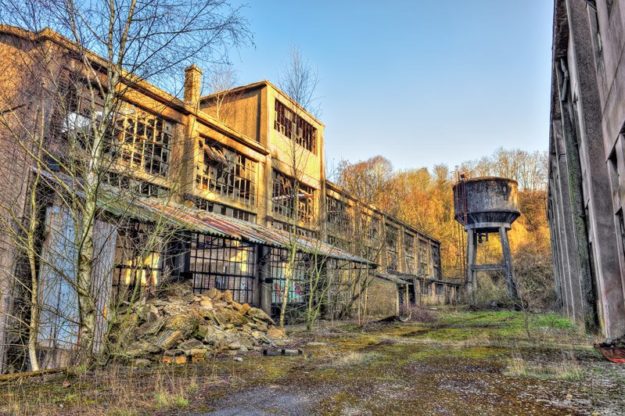Optimisation of the FILTRAN® process
The FILTRAN® process is an innovative compact vegetated filter (reed bed) for the treatment of organic matter and optimised for the treatment of total nitrogen in wastewater. Thanks to partial funding from the Walloon Region (technological cheques), NATUREM SOLUTIONS entrusted CEBEDEAU with a study in 2017 aimed at optimising the sizing of the process, the…


